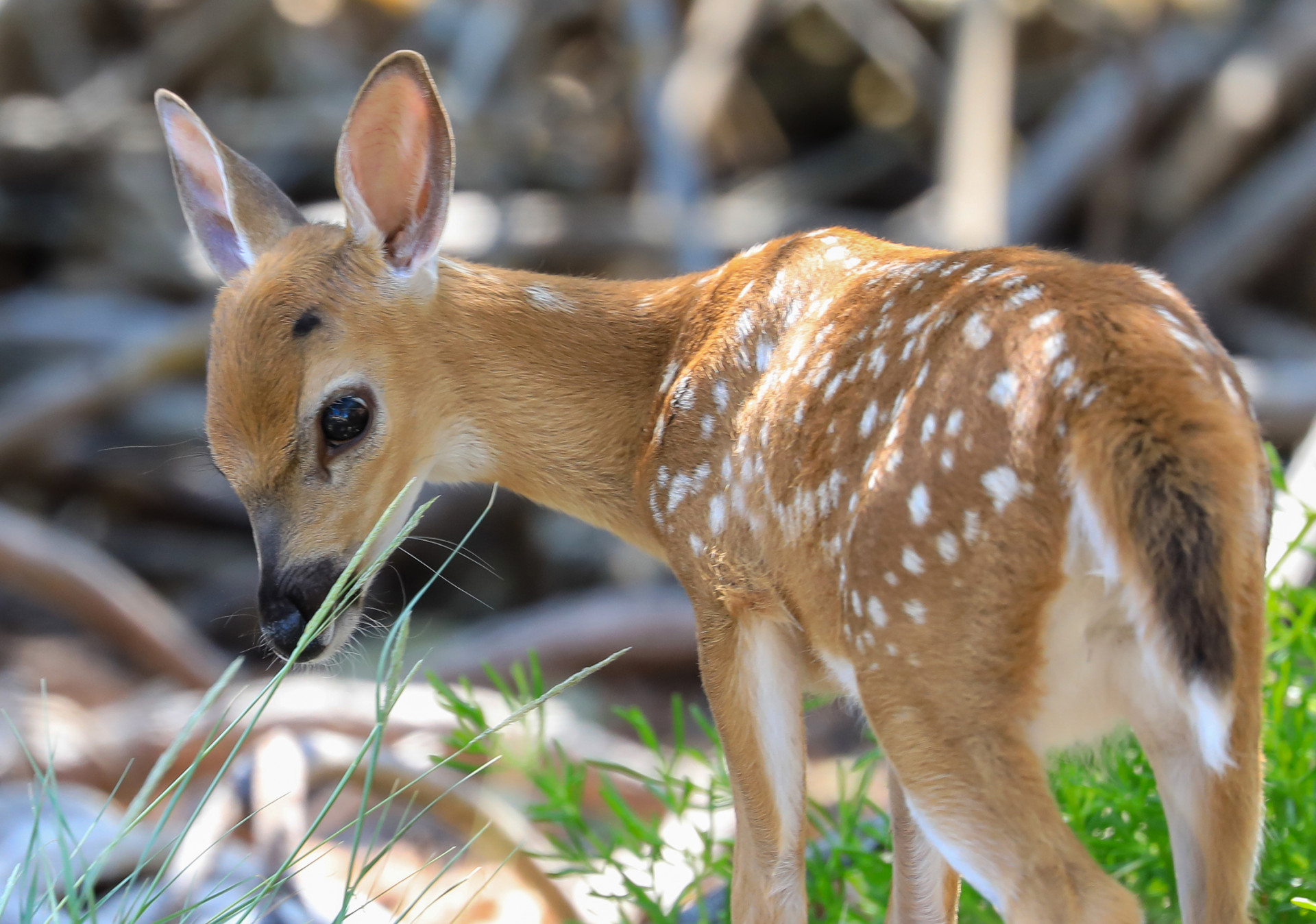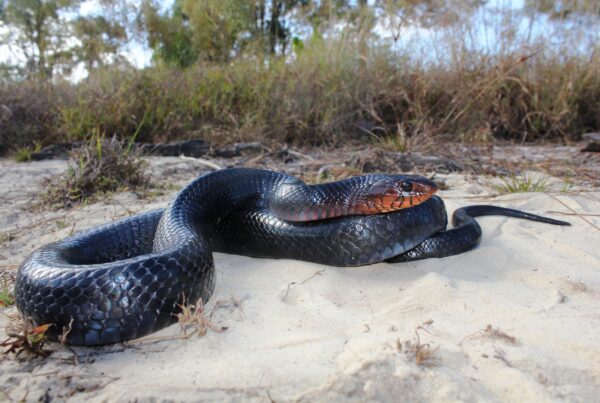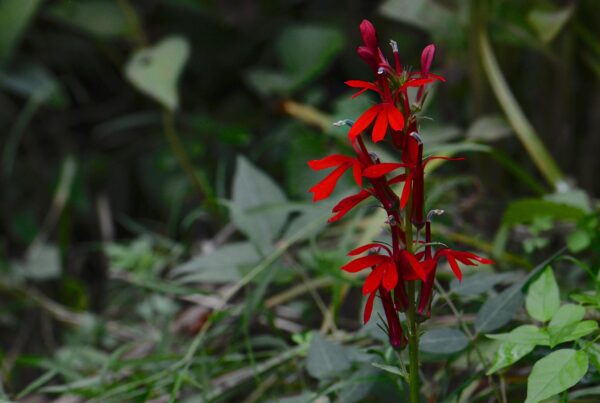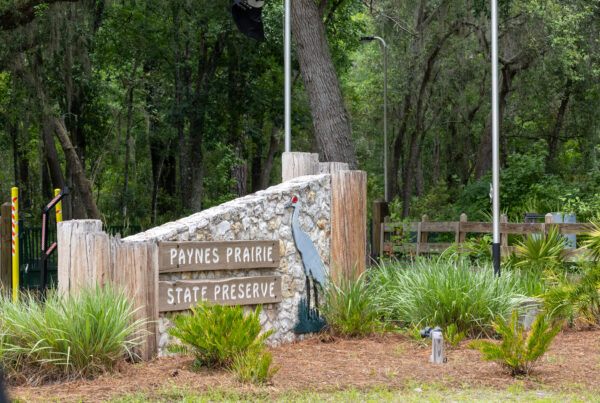Nestled within the islands of the Florida Keys, a small but remarkable species roams the hardwood hammocks and coastal wetlands—the Florida Key deer (Odocoileus virginianus clavium). As the smallest subspecies of the white-tailed deer, Key deer are found nowhere else in the world, making them an iconic symbol of Florida’s unique biodiversity.
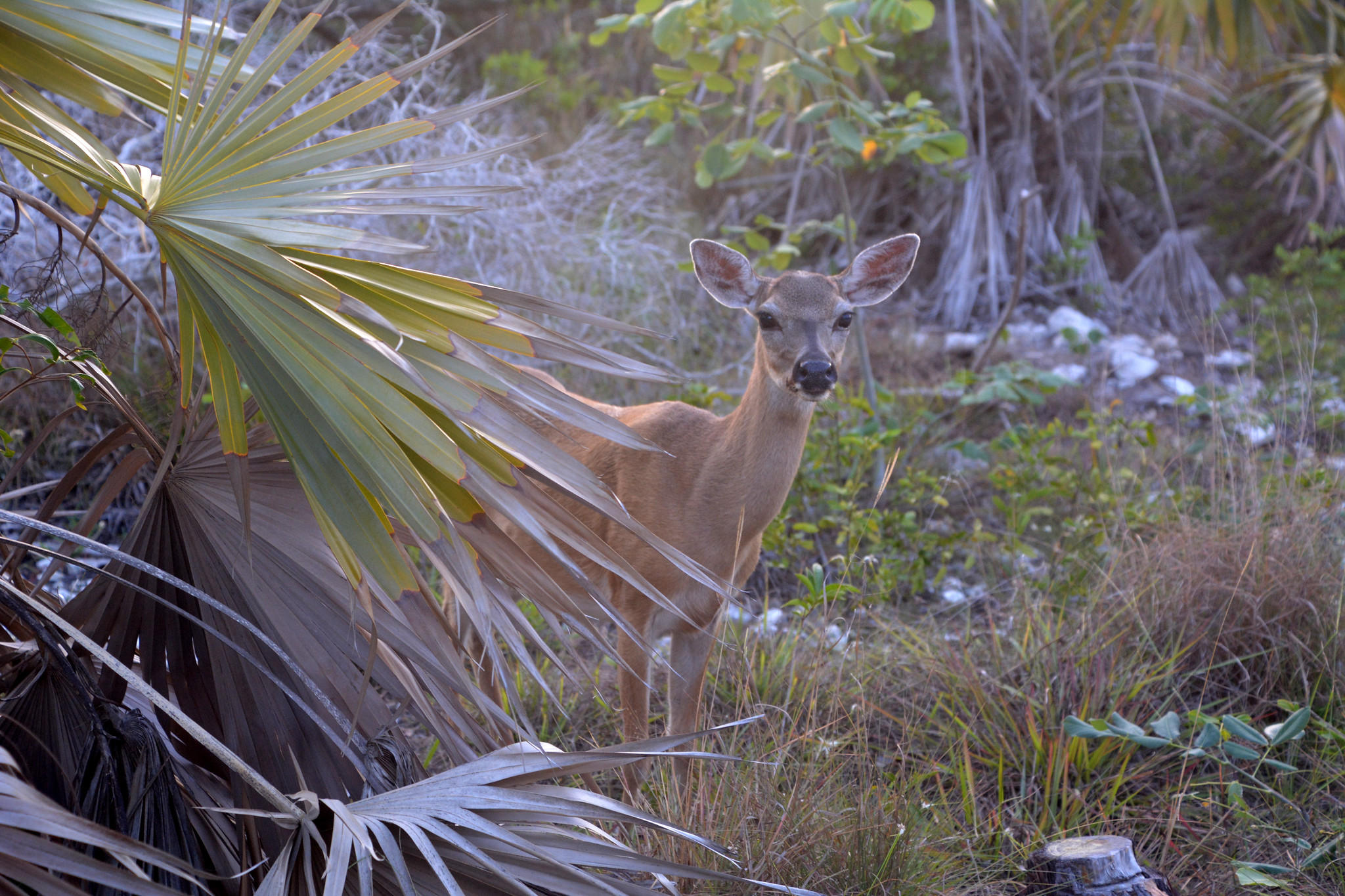
Key Deer. Photo by Alicia Wellman | FWC
A Species on the Edge
Key deer once roamed across the Lower Florida Keys in greater numbers, but habitat loss, hunting, and vehicle collisions drastically reduced their population. By the 1950s, fewer than 50 individuals remained. Thanks to conservation efforts, including the establishment of the National Key Deer Refuge in 1957, their numbers have rebounded to an estimated 800-1,000 today. However, they still face ongoing threats from habitat destruction, climate change, and road mortality.
Life in the Keys
Unlike their larger white-tailed deer relatives, Key deer stand just 24–32 inches tall at the shoulder and typically weigh between 45–80 pounds. They are well adapted to island life, swimming between islands to find fresh water and food, which includes mangroves, native plants, and even residential landscaping. Unfortunately, their proximity to human development increases their risk of injury and death, making conservation efforts crucial.
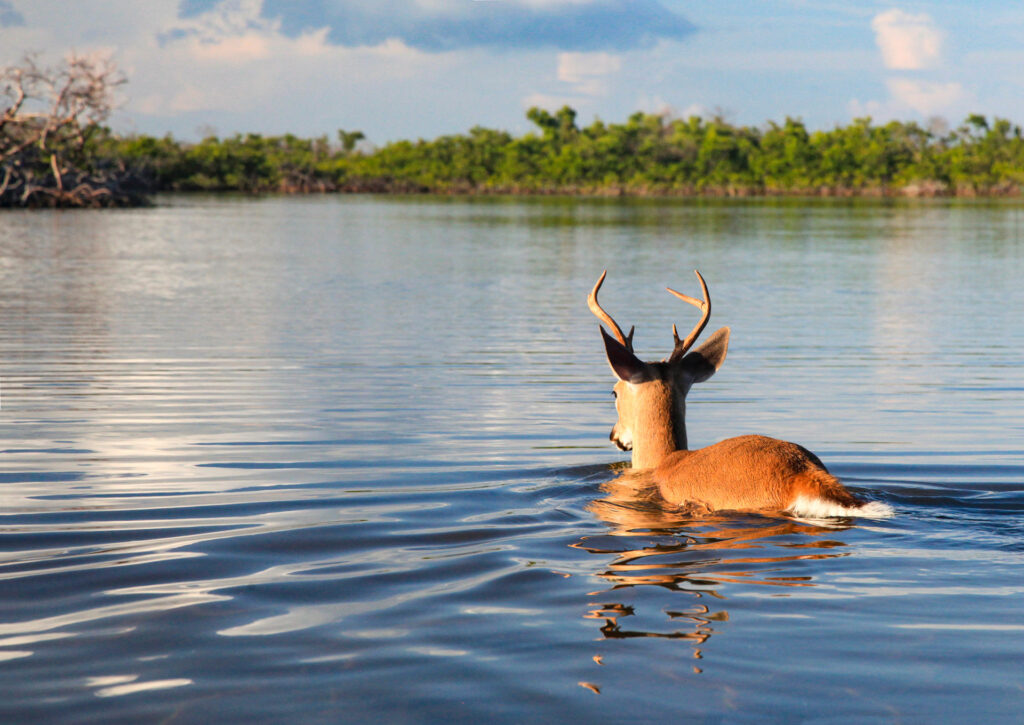
Key Deer. Photo by Valerie Preziosi
How You Can Help
Drive Carefully: Vehicle collisions are a leading cause of Key deer fatalities. If you’re traveling through the Keys, especially at dawn and dusk, slow down and stay alert.
Respect Their Space: Feeding Key deer is illegal and harmful, as it makes them dependent on humans and more likely to approach roads.
Support Land Conservation Efforts: Organizations like the Florida Wildlife Federation work to protect wildlife habitat and advocate for responsible development throughout the state.
March 11 is Key Deer Awareness Day! Let’s celebrate these unique island deer and recommit to protecting the natural habitats they depend on. Their survival is a testament to the power of conservation and a reminder that even the smallest creatures play a vital role in Florida’s ecosystems.
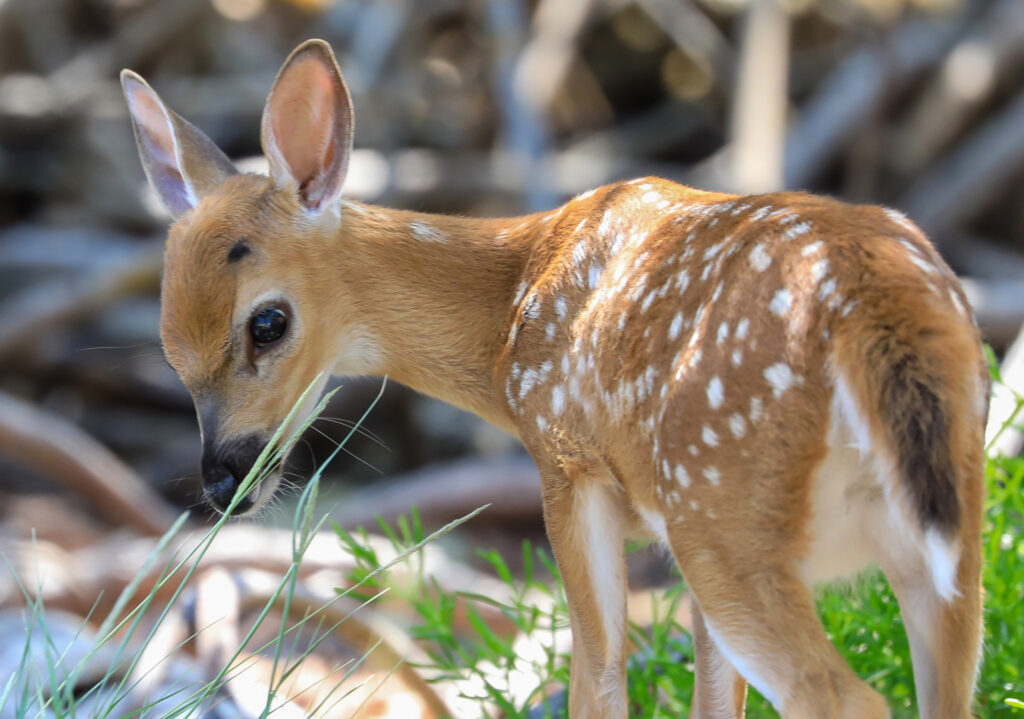
Key Deer. Photo by Valerie Preziosi
You can help protect Florida’s wildlife and wild places by supporting the Florida Wildlife Federation’s mission. Donate today and be a part of the effort to safeguard critical habitats for Key deer and countless other species.


